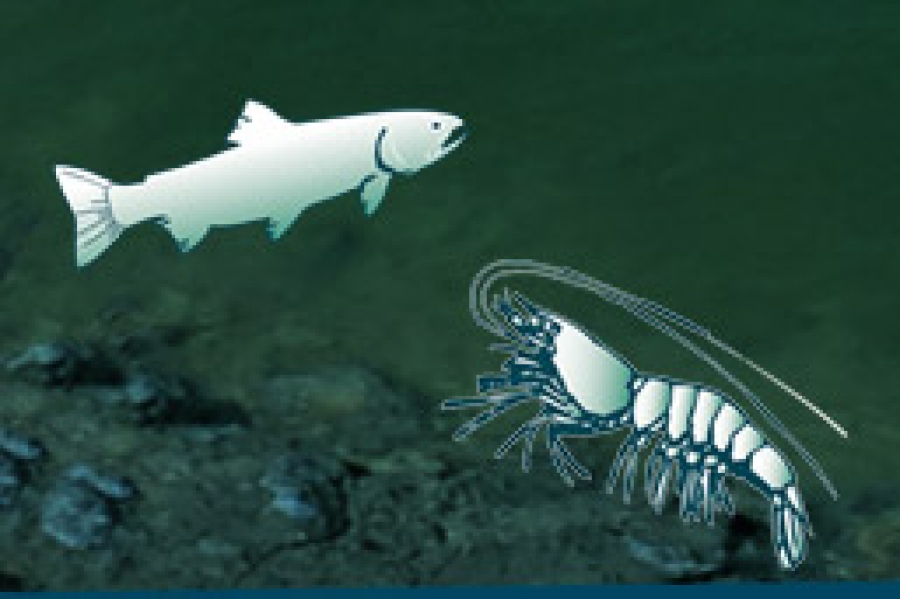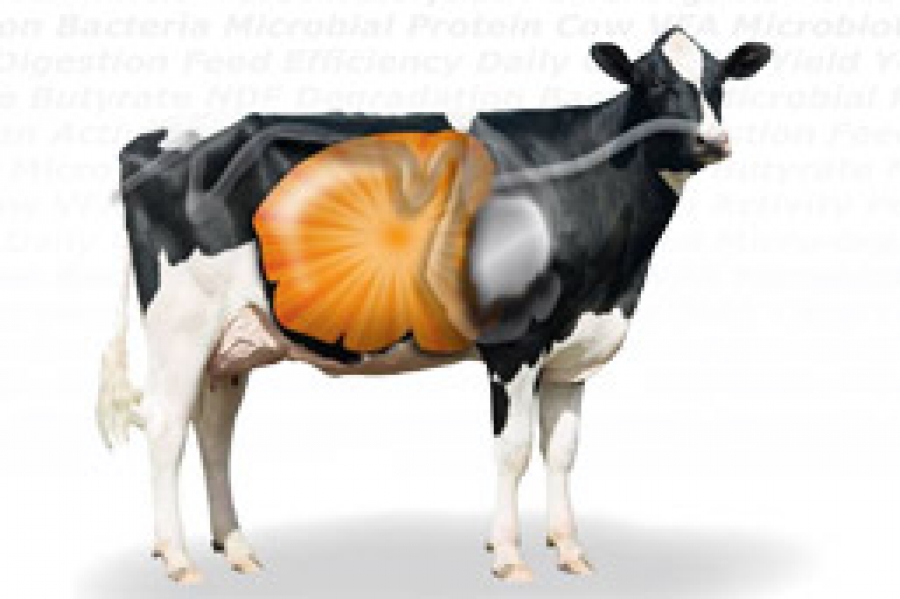
گلوکوزا - نشخوارکنندگان (2)
M. Hossein Yazdi, H. Amanlou, H.R.Mirzaei-Alamouti, M.T. Harkinezhad, A. Nabipour, E. Mahjoubi, N.Aghaziarati, G.R. Noori, L.H. Baumgard
Glucose appears to be a preferred systemic fuel during heat stress (HS) in a variety of species. Increasing the dietary grain contact can enhance the post-absorptive carbohydrate status, but providing excessive fermentable starch can cause rumen disorders and this is especially true during HS. Current study objectives were to evaluate the effects of a glycerol based supplemental product on growth and metabolic variables in Holstein bull calves during controlled HS. Before the star of the experiment, bull calves (n=14; 163.6 ± 30.1 kg body weight) were subjected to thermal neutral conditions [26.5± 3.4°C and a temperature – humidity index (THI) of 70.4 ± 2.8] for 7 d (period 1; P1). During this period, productive parameters as well as blood metabolites were measured and used as covariates for the subsequent HS period.
E. Mahjoubi, H. Amanlou, M. Hossein Yazdi, N. Aghaziarati, G. R. Noori, C. I. Vahl, B. J. Bradford, and L. H. Baumgard
Thirty-two Afshari lambs were used in a completely randomized design with a 2 × 2 factorial arrangement of treatments to evaluate a nutritional supplement designed to provide multiple gluconeogenic precursors during heat stress (HS). Lambs were housed in thermal neutral (TN) conditions and fed ad libitum for 8 d to obtain covariate data (period 1 [P1]) for the subsequent experimental period (period 2 [P2]). During P2, which lasted 9 d, half of the lambs were subjected to HS and the other 16 lambs were maintained in TN conditions but pair fed (PFTN) to the HS lambs. Half of the lambs in each thermal regime were fed (top-dressed) 100 g/d of a feed supplement designed to provide gluconeogenic precursors (8 lambs in HS [heat stress with Glukosa {HSG}] and 8 lambs in PFTN [pair-fed thermal neutral with Glukosa])









